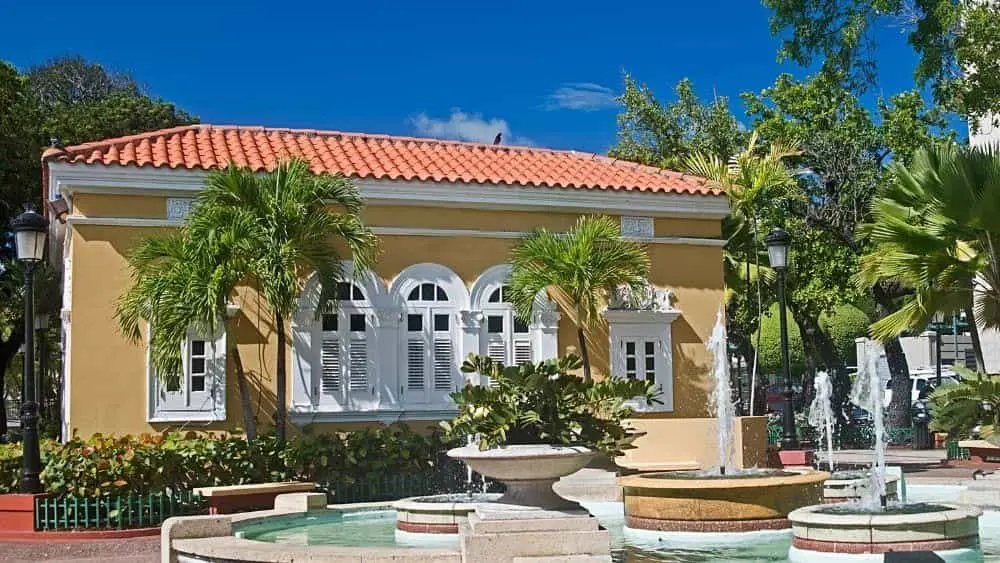
As you embark on your journey to your new retirement home, have you considered building a guest house or casita, too?
Such a feature can be useful if you have an adult child who needs to move back home or simply if you just want to provide comfort and privacy to guests.
What is a Casita?
Casitas, or guest houses, are accessory dwelling units (ADU) the are separate from the main house. These can be useful in retirement because you don’t have to worry about being inconvenienced if guests are over. As we age, we tend to have certain preferences about our homes, so a guest house – rather than a guest room – means no one is irritated over different habits.
Noted as a home trend in recent years, ADUs have been popping up across America.
If your budget, property and covenants allow, a separate living area away from your new home can be a great feature, explains Bee Heinemann, interior decorating expert at Vant Wall Panels in spring Valley, N.Y. “Separate structures have been utilized for a long time as a pool house, guest quarters, studio or office.”
Before adding an ADU to your new home’s plans, you’ll want to factor in the costs and logistics involved.
Follow these guidelines to decide if a casita or guest house is the right addition to your new property.
Consider Legal Restrictions
The specific rules for guest houses and casitas vary by region. So, it’s important to check your city’s zoning and building laws carefully.
If your new home will be in a brand new community or in an area with a homeowners association, ask the governing organization if guest houses are allowed.
Keep in mind, ADUs require you to submit plans, get permits, and follow local regulations. On top of that, you will have to incorporate standards addressing fire safety, water lines, and sewer connections.
Talk to your home builder to learn more about regulations in your city or state.
Know its Use
Talk to your family members about the purpose of adding a guest house or casita. Doing so will help you determine if it should be included in the construction project.
It will also help you with the design. If you are thinking about aging in place or have friends or family with disabilities, you might want features such as ramps instead of steps and wide hallways to accommodate a walker or wheelchair.
To get the biggest return on your investment consider making the guest space a multi-functional use space. A home office could have a Murphy bed to accommodate guests or an in-law suite might include a space for arts and crafts.
Or, you may even decide to build a casita with the purpose being an income suite and lease it.
How Much Does it Cost to Build a Guest House or Casita?
Even if the space is small, you’ll need to pay for features such as heating, air conditioning electricity and water. For this reason, the costs for a casita often add up quickly.
ADUs can be expensive and range anywhere from $100 to $500 per square foot, depending on where you live. This price does not include permits, the foundation and installation, all of which can tack on an extra $15,000 to $25,000.
In addition to the upfront expense, you’ll want to think about the long-term cost. This might include an overall increase in what you pay for taxes, maintenance, utilities and insurance.
If you’re considering the idea of renting the place, take some time to calculate the monthly income you expect to receive from it, including costs such as vacancy rate. Then work out how many months it would take you to recover your initial investment.
Think Through Location
Designs for a guest house or casita often consist of a spot over a garage, a small apartment attached to the home or a separate structure located on a different part of the property.
If the guest house is attached to your home, you’ll be closer to visitors. You’ll likely enjoy lower taxes and fewer zoning restrictions. Separate accommodations, on the other hand, might lead to higher taxes and more zoning restrictions.
A guest house that stands on its own, however, provides more space for everyone.
Your guests will love the separate quarters because regardless of how close you are to your guests, a little separation and privacy is always welcome. Be careful, however, as a beautiful guest house may cause people to overstay their welcome!
 Modern vs Contemporary Design
Modern vs Contemporary Design